Get Started for FREE
Sign up with Facebook Sign up with X
I don't have a Facebook or a X account
 Your new post is loading... Your new post is loading...
 Your new post is loading... Your new post is loading...

Audrey's curator insight,
October 3, 2014 1:26 PM
These are certainly true. Have a look at www.hotmoodle.com

Bernard VULLIERME's curator insight,
October 20, 2014 5:30 AM
Rien de nouveau sous le soleil du bon e:enseignant, mais plus d'exigences …
clare o'shea's curator insight,
February 5, 2015 1:49 PM
and ask indviduals questions every 2-3 minutes - but always label the behaviour first! so it is a positive experience not a catching out!!

Dr Pam Hill's curator insight,
March 21, 2014 9:04 AM
Wonderful article that points out some of the challenges of Standards Based Learning as well as ways that instructors can maintain their own unique teaching styles and interests. Great article for discussion in PD meetings, online learning, and teacher prep courses!

Michelle Daniels's curator insight,
November 16, 2013 3:20 PM
As I become a better facilitator it is important to find engaging, effective and efficient methods and strategies within the classrooms of our children; as well as for all adults attending brick & mortor or online colleges. Bloom's Taxonomy is an essential tool! 
David Donat's curator insight,
August 11, 2015 6:41 PM
Bones orientacions sobre com aplicar la Taxonomia de Bloom en la pràctica docent (i una interessant lectura recomanada)

Mary Cunningham's curator insight,
October 13, 2013 12:11 PM
I could paper my entire office with good infographics! This is a good collection of ideas and reminders on good instructional strategies! 
Mounds View High School's curator insight,
January 16, 2014 12:19 PM
Ideas that you could implement in your classroom tomorrow. |
Gary Harwell's curator insight,
March 6, 2014 12:23 AM
Definitely some good ideas worth initiating in the teaching program.

Audrey's curator insight,
December 9, 2013 4:34 PM
How about asking the student to teach you? They nearly always come up with something different, which you can add to your own notes. Students are also great at acting out scenes, particularly when they are organising other students. Give them a mark for it. Then test their knowledge a few days later with a 30 minute test. curating for www.homeschoolsource.co.uk. Also have a look at www.hotmoodle.com.
Kathy Lynch's curator insight,
November 5, 2013 9:35 PM
I love this! Help your students discover their inner genius. Thanks Beth |




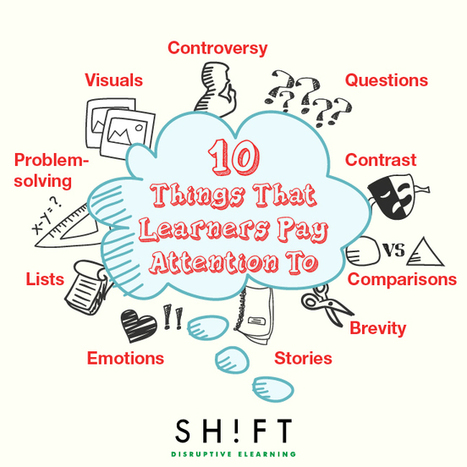

![How to Be More Creative [Infographic] at WhoIsHostingThis.com | Eclectic Technology | Scoop.it](https://img.scoop.it/DV7NLPGmaXCqqyk6aS4irjl72eJkfbmt4t8yenImKBVvK0kTmF0xjctABnaLJIm9)
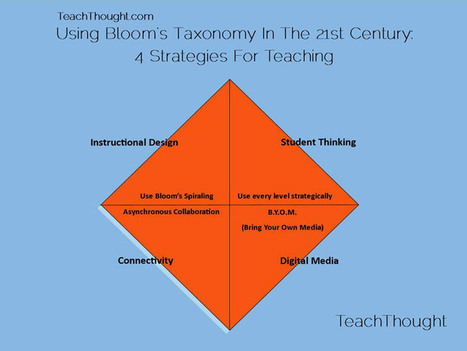


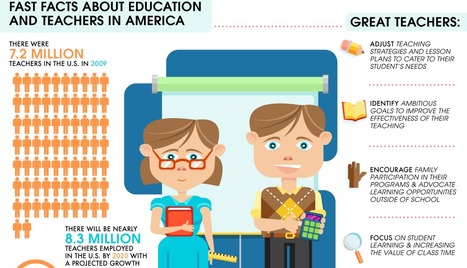

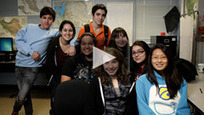


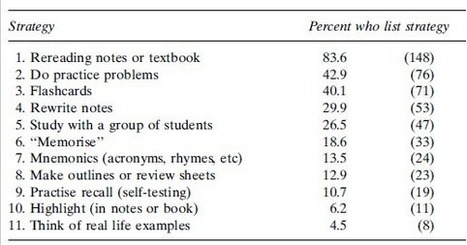
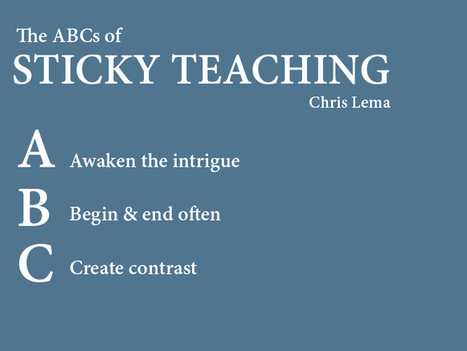




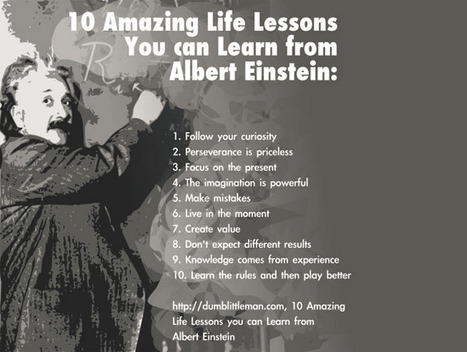


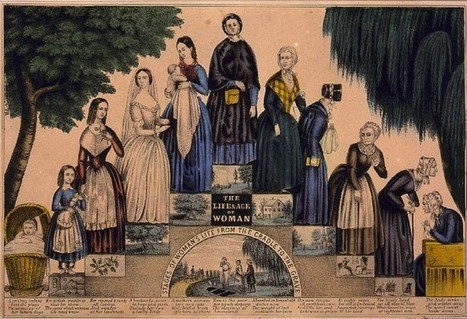


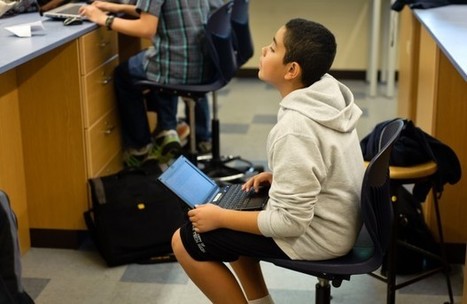






A resource of ideas that teachers have found implemented in their classrooms. With useful links provided.